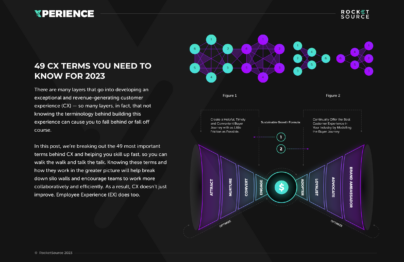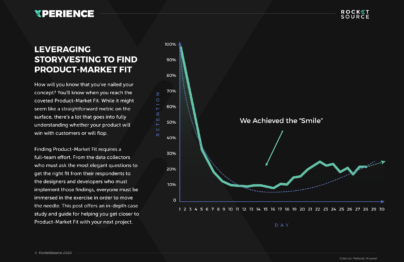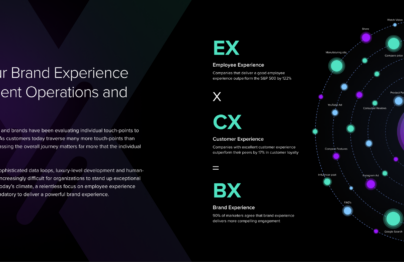Machine learning leverages the wide array of data coming into organizations every day by using algorithms to extract insights. Machine learning based models are a subfield of artificial intelligence, and are used in a variety of capacities, including to make products and services smarter, faster, cheaper and more personalized.
As common as the term “machine learning” is in today’s enterprise world, deploying machine learning models requires more than a few pushes of a button. This particular area of data science remains elusive to most brands as they look at the multitude of potential hurdles and gaps standing in the way of getting models into production.

Not All Machine Learning Approaches are Equal
There is no one-size-fits-all approach to how each machine learning model should work within an organization. Perhaps one of the hardest parts about machine learning is understanding how to accurately and appropriately model all the data within an organization so that teams get the most effective insights for organizational goal-setting and strategy decision-making.
Proper deployment of machine learning requires organizations to work through a hierarchy of needs. Having the right technology and platforms in place is foundational, but this is where organizations start and end too often. In addition to the right platforms, teams must have a way to collect and store data while maintaining data hygiene properly. Likewise, proper processes that work in alignment with data governance are needed.
With those in place, skilled teams can start to create machine learning models by labeling feature segmentations and exploring statistical analytics. Trained teams must understand the overarching organizational goals to build the right machine-learning models for the organization. Finally, once all those areas are in place, machine learning can be deployed to learn and predict via AI, Deep Learning, and Prescriptive Acuation.

A Modern Approach to Building Machine Learning Models
Before any advanced strategic roadmap gets deployed around machine learning, teams must first understand the business opportunities needed to create the most conducive models for the organization’s needs. Understanding the many types of machine learning models is one thing. Knowing how to solve problems via these models effectively is another. Trying to dig into the wrong model can send teams far down the wrong path, wasting time, money and company resources.
Organizations require a more modern approach to building machine learning models to succeed at machine learning. This approach starts with having a proper framework for understanding and clarifying business objectives around why machine learning models must be brought into the organization at the beginning of the project. Only then can you pinpoint which types of machine learning models are right for your teams.
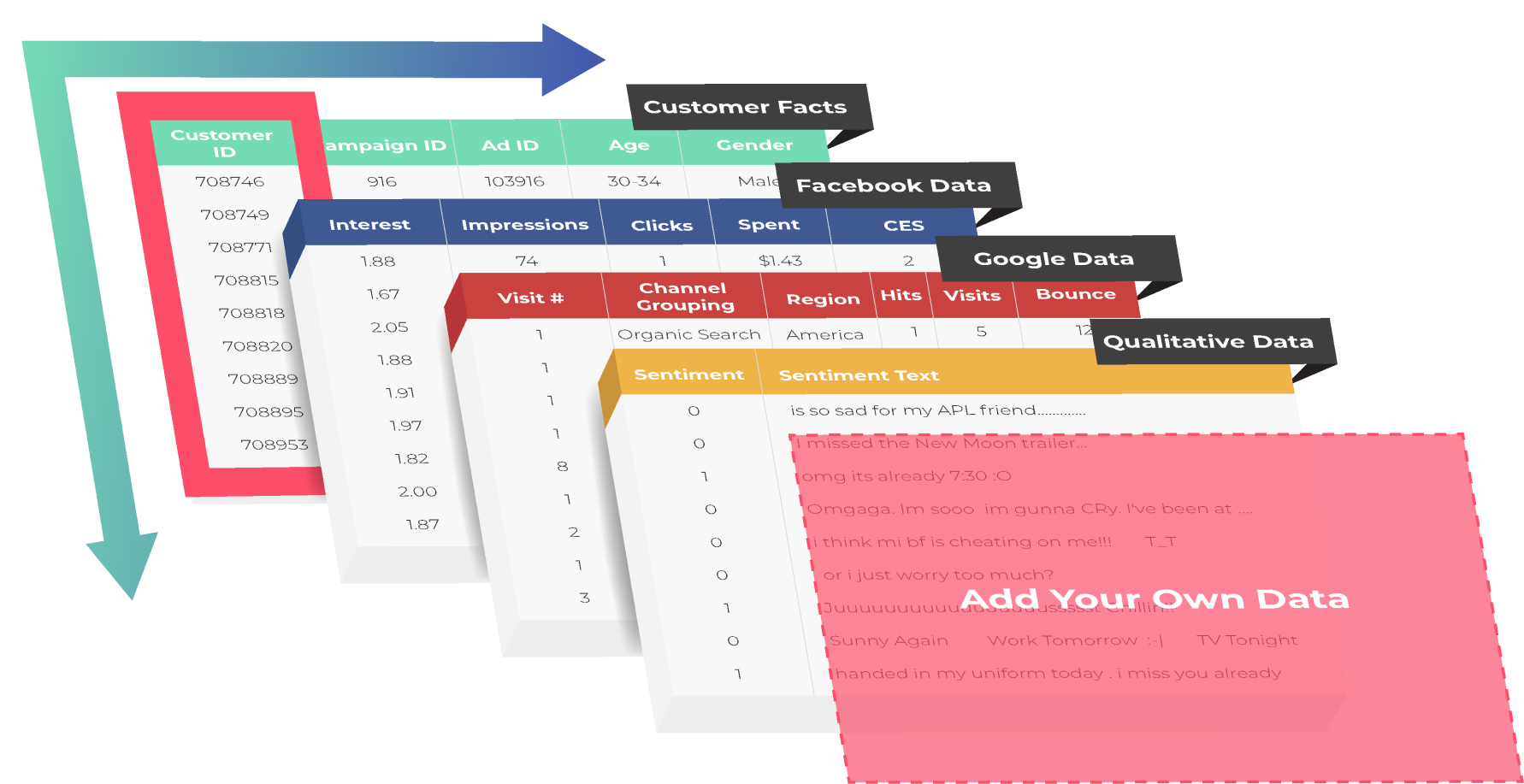
Machine Learning Deepens Data and Analytics
Machine learning spans the cohesive informational infrastructure in an organization via a combinatory system. Because of that wide and deep approach, teams cannot approach machine learning until they have a fundamental understanding of their current state versus their future state and their short and long-term strategies for incremental growth.
With that in mind, organizations can feed machine learning models more layers and dimensions to deepen analysis and improve predictability. The more mature data you can offer the machine learning models, the better the accuracy and performance of the model’s outputs will be.
Machine Learning is Critical for Business Transformation
Successfully deploying machine learning models isn’t a one-and-done process; it’s a lifecycle of consistent iterations. In approaching this process as a flywheel rather than another platform, teams can operationalize the data and insights and maximize the impact of machine learning.
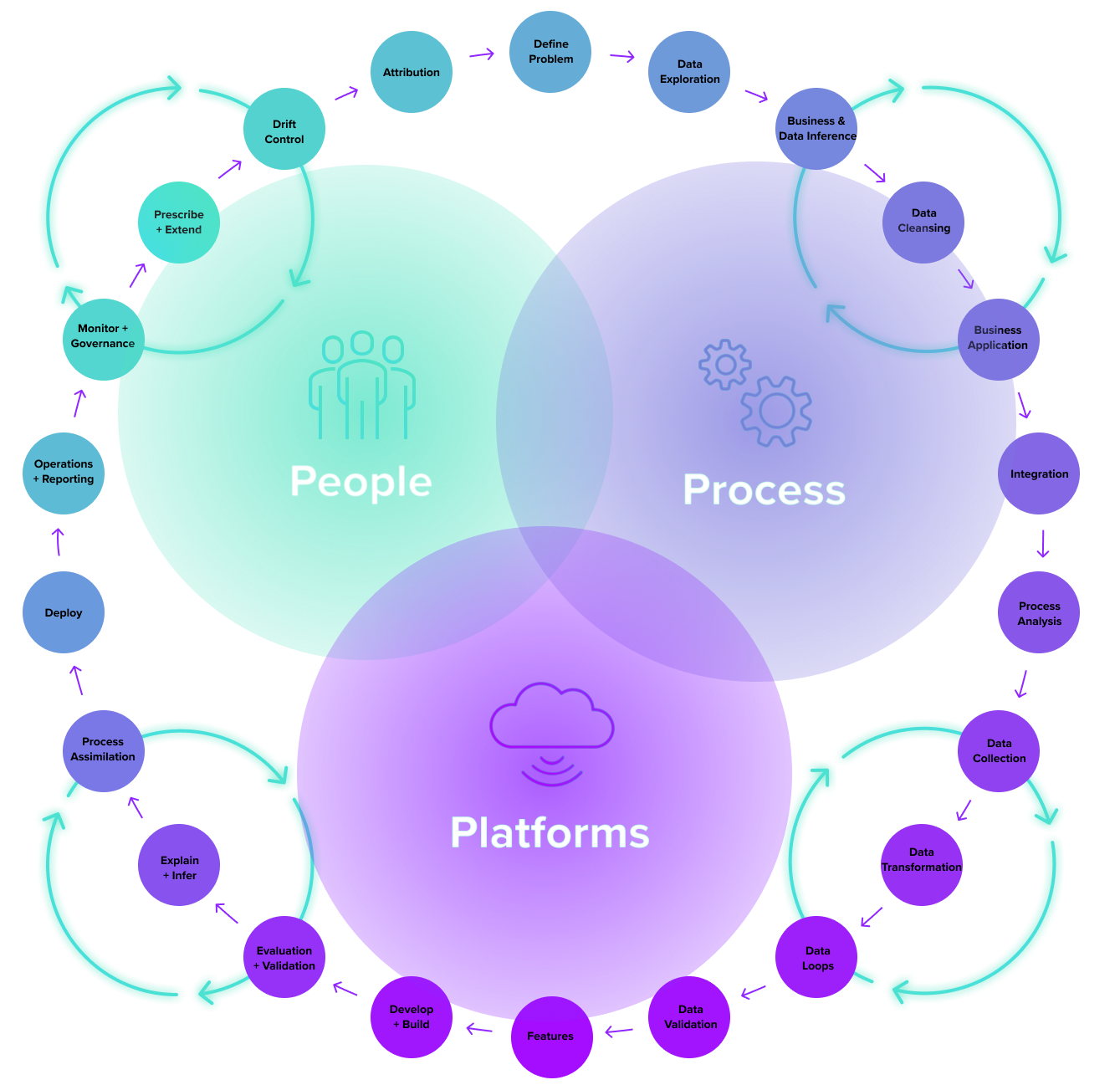
Attract Higher Quality Leads
The insights gathered from machine learning models fuel a more personalized marketing approach. That personalized approach gives teams the insights to attract higher quality leads through a lead/opportunity conversion model. This machine learning model predicts the precise moments of truth when a customer needs to hear a message, equipping the organization to deliver that message at the right time. Less gut reaction. More precision.
Increase Lifetime Value
Humans who look at insights and data points often do so through a biased lens. Machine learning models can help remove that bias by letting the data give insights about what the end consumer truly wants. Using an LTV machine learning model, organizations can predict which customers will yield the highest LTV, helping avoid the biases often used to decide which markets to target and which customers to nurture.
Improve Employee Experiences
Turnover happens in every organization, but the cost of that turnover is much higher than many realize. Having a sophisticated machine learning model to predict when an employee might leave and what factors could increase an employee’s chances of leaving allows management to improve the employee experience and reduce churn.
Reduce Customer Churn
The market is evolving at a breakneck pace, causing Directors and the C-Suite to worry about reducing attrition to competitor innovation. By deploying machine learning models, teams are better equipped to reduce customer churn even as new competitors arrive by proactively keeping buyers on board.
Customer Experience (CX) Terms
- 360° Degree View of the Customer
- AI Ops
- Barlow Bands
- Behavioral Triggers
- Bow Tie Funnel
- Brick-to-Click
- Business Impact Analysis (BIA)
- Cognitive Computing
- Cohort Analytics
- Content Mapping
- Conversational User Guidance
- Customer Data Profile
- Customer Experience (CX)
- Customer Friction
- Customer Insights Map
- Customer Journey
- Customer Journey Mapping
- Customer Satisfaction (CSAT)
- Customized Ratios
- CX Intelligence
- CX Led Growth
- CX Metrics
- Data as a Product (DaaP)
- Data as a Service (DaaS)
- Data Culture
- Data Driven
- Data Engineering
- Data Fabric
- Data Governance
- Data Humanization
- Data Hygiene
- Data Looping
- Data Mapping
- Data Mining
- Data Modeling
- Data Monetization
- Data Swamp
- Data Visualization
- Data Warehouse
- Data-Centric
- Descriptive Analytics
- Diagnostic Analytics
- Digital Asset Management (DAM)
- Digital Transformation
- Dirty Data In Dirty Data Out
- Embedded Intelligence
- Empathy Mapping
- Employee Data Profile
- Employee Experience (EX)
- EX to CX Data Mapping
- EX to CX Mapping
- Experience Management (XM)
- Gap Analysis
- Generative AI
- Human-Centered Design (HCD)
- Journey Analytics
- Machine Learning (ML)
- Managed Agile Services on Demand
- Modified Hoshin
- North Star Metric
- Party Data
- Pathway to Purchase
- Predictive Analytics
- Product-Market Fit Mapping
- Real Time Design Looping
- Revenue Acceleration
- RevOps
- S Curve of Growth
- Stack Impact Analysis
- StoryVesting
- Table Stakes Testing
- The 3 P’s
- User Experience (UX)
- User Insights Map
- User Interface (UI)
- Voice of the Customer (VoC)
- Voice of the Employee (VoE)
- World Cloud Generator Sentiment Mining
- X Analytics

